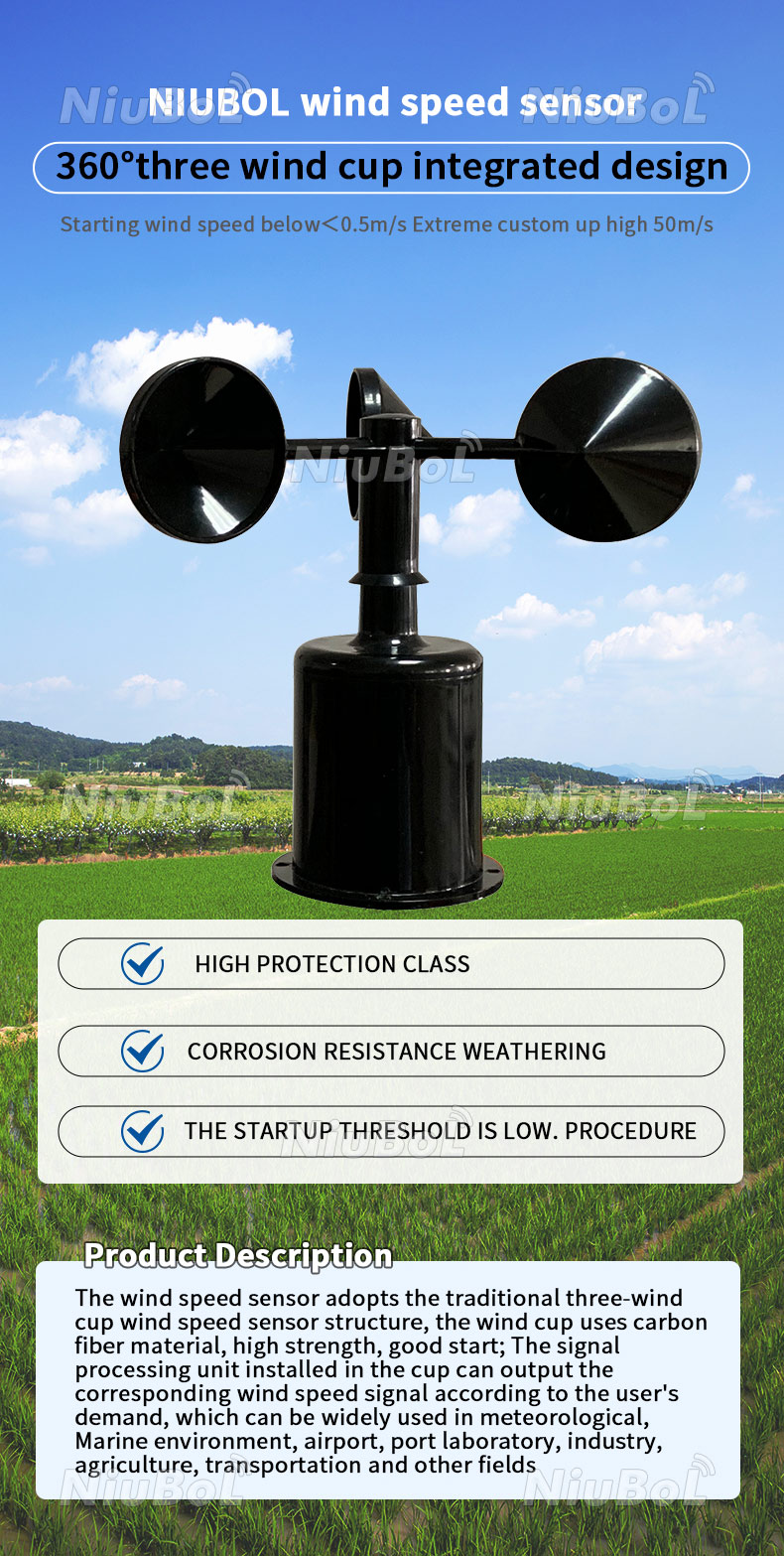Picking the Right Anemometer: A Comprehensive Acquiring Overview
Wiki Article
All You Need to Learn About Anemometers: Exactly How They Work, Why They Issue, and Where to Utilize Them
Anemometers, though often forgotten in the world of scientific tools, play an important role in different fields, using important understandings right into wind speed and air flow patterns. Understanding the technicians behind these devices is important for any person seeking to harness the power of this data. From meteorologists tracking climate patterns to engineers making structures with wind lots in mind, the applications of anemometers are diverse and significant. As we explore the ins and outs of anemometer technology, we will reveal the inner functions of these tools, their significance, and the crucial considerations when choosing the appropriate anemometer for certain applications.
Anemometer Essentials
A vital instrument made use of to determine wind speed and instructions, the anemometer plays a vital role in weather forecasting and different industries. An anemometer typically consists of 3 or four mugs that rotate in the wind, a vane that points right into the wind, and sensing units to track the rotations or motions.
There are various kinds of anemometers offered, consisting of mug anemometers, vane anemometers, hot-wire anemometers, and sonic anemometers, each with its special functions and applications. Mug anemometers are generally used for fundamental wind speed measurements, while vane anemometers are liked for directional measurements. Hot-wire anemometers appropriate for reduced airspeeds, and sonic anemometers are perfect for high-precision dimensions in research and industrial setups. Understanding the fundamentals of anemometers is essential for precise wind information collection and evaluation across different fields.
Principles of Anemometer Operation
Building on the foundational understanding of anemometer basics, the concepts of anemometer procedure illuminate the auto mechanics behind wind speed and direction dimensions. Mug anemometers, for circumstances, have three or more cups that capture the wind, creating them to rotate quicker as the wind rate boosts. Hot-wire anemometers rely on a heated wire that cools down as wind passes over it, with the price of cooling identifying the wind rate.Value of Anemometers
The relevance of anemometers in weather forecasting and different industries can not be overstated. Anemometers play a crucial role in gauging wind speed and instructions, offering vital information for weather projecting, climate researches, environmental surveillance, and aviation procedures. Meteorologists count on anemometers to collect accurate wind data, aiding them comprehend climate patterns, anticipate storms, and concern timely cautions to the public. In markets such as building, agriculture, renewable resource, and maritime procedures, anemometers are used to maximize processes, make sure safety, and enhance performance. For instance, wind farm drivers make use of anemometers to evaluate wind conditions and take full advantage of electricity production from wind turbines. In the maritime market, anemometers help ship navigation by offering real-time wind info to captains, aiding them make educated choices to ensure safe voyages. Generally, anemometers are indispensable tools that contribute dramatically to safety, performance, and informed decision-making in meteorology and a vast array of sectors.Applications Across Various Industries
Applications of anemometers span throughout diverse industries, showcasing their convenience and energy beyond weather forecasting. In the eco-friendly power field, anemometers play a critical function in evaluating wind conditions for wind ranch placements, making sure optimal power production. Industries like building and construction and mining make use of anemometers to keep track of wind rates, important for safety methods, specifically when operating at elevations or in open-pit mines where solid winds can posture dangers. Anemometers are likewise integral in the aeronautics market, assisting pilots in understanding airspeed and wind instructions for secure take-offs and touchdowns. The maritime field take advantage of anemometers for ship navigating, helping sailors expect climate changes and change courses accordingly. In agriculture, anemometers help farmers in taking care of plant spraying by supplying real-time information on wind speed to prevent drift. Anemometers find applications in Heating and cooling systems to enhance air flow and boost power performance in buildings. The diverse use cases of anemometers highlight Visit Your URL their relevance across various markets, highlighting their crucial role in enhancing operational safety and efficiency (anemometer).
Choosing the Right Anemometer for Your Requirements
Picking the appropriate anemometer tailored to your particular needs is essential for acquiring precise wind rate and instructions dimensions. When selecting an anemometer, consider aspects such as the desired application, called for dimension array, environmental conditions, and desired features. For general functions, a mug anemometer is ideal for gauging wind rate, while a vane anemometer provides wind direction data. Hot-wire anemometers are suitable for reduced airspeed dimensions, and ultrasonic anemometers supply high precision and durability.
Verdict
In final thought, anemometers play an important role in measuring wind rate and direction throughout different industries. Recognizing the concepts of anemometer operation is essential for selecting the appropriate gadget for certain requirements. From weather forecasting to aviation, anemometers are vital tools for i was reading this ensuring and accumulating accurate information safety in different applications. When picking the most suitable gadget for gauging wind conditions., it is crucial to take into consideration the importance of anemometers in order to make educated choices.There are numerous kinds of anemometers available, including mug anemometers, vane anemometers, hot-wire anemometers, and sonic anemometers, each with its one-of-a-kind attributes and applications. Cup anemometers are typically made use of for standard wind rate dimensions, while vane anemometers are preferred for directional measurements. Hot-wire anemometers are suitable for low airspeeds, and sonic anemometers are optimal for high-precision dimensions in study and commercial setups.Structure on the foundational understanding of anemometer basics, the principles of anemometer operation illuminate the technicians behind wind rate and instructions dimensions. For basic functions, a cup anemometer is suitable for gauging wind rate, while a vane anemometer view publisher site provides wind direction information.
Report this wiki page